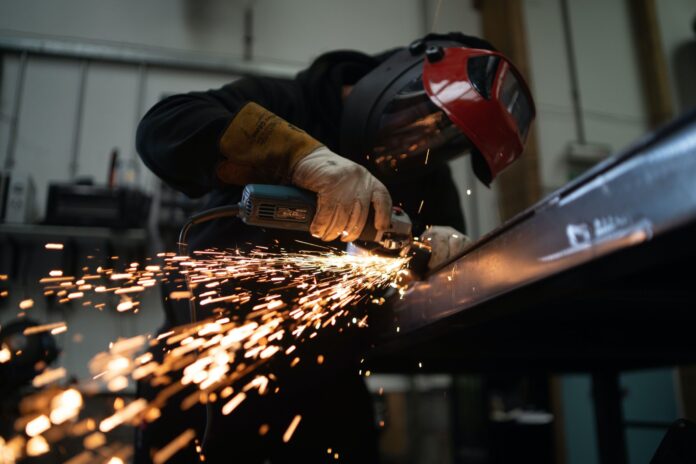
We categorize everything, from sub-genres of music to which foods are the healthiest. But most categorization occurs between generational differences in the workforce and what success means to both, especially in manufacturing.
The Change Curve of Manufacturing
In recent years, the change curve of manufacturing has gone from a static line to an extreme slope. In the past, we all knew what manufacturing was, and safely assumed we knew where it was headed. But ongoing technological advancements are uprooting that sedentary perspective, and the change curve of manufacturing is now an upward climb. What the industry and job market of manufacturing were isn’t where manufacturing is today, or where it’s headed.
That change curve also has an effect on what manufacturing jobs will be in the future, and how they will differ from what they were in the past. That Hard Trend changes how we categorize success, and to us as employees in manufacturing, the word is taking on a whole new meaning. Much as we once “knew” where jobs were headed, we used to have a polarized view of what success meant. For many Baby Boomers in manufacturing, it meant working at a company until you retired, doing the repetitive and often dirty jobs to make ends meet. The paycheck you got at the end of the week meant you were successful.
But the younger generations entering the workforce have an entirely different view of life, success, and jobs in general, let alone jobs in manufacturing. Digital technology, additive manufacturing (i.e., 3D printing) and the internet of things (IoT) are already here and — in most cases — making our lives easier. Everyday tasks that used to take some time to accomplish are now shortened through the use of ever higher-tech devices, which are a constant in the lives of members of younger generations who grew up with them.
Take, for example, telecommunications. Baby Boomers grew up viewing landlines and cordless phones as appliances. Millennials see laptops and smartphones with instant messaging as appliances. Now, the next generation already sees its mobile devices and wearables as appliances. We all categorize, but that categorization changes with the times.
Different generations adapt to technology and define success quite differently.
Different generations’ adapt to technology and define of success quite differently. Also, the fact that many Baby Boomers remain in the workforce as younger generations enter the same industries is increasing the generational divide. The younger generations’ outlook challenges the past definitions of success; to millennials, for example, “success” has much to do with how much they love what they do. The Baby Boomer generation measured success differently; however, if they plan on staying in their jobs, they must open their minds to these trends and let go of the categorizations that further the generational divide.
All generations must rely on one another more than ever before, as more generations will be working together than ever before. While young generations may learn about “the old-school work ethic” from older generations, older generations can and should learn from younger generations about how to apply new tools to old tasks and reinvent the industries they are in.
For example, automation is becoming more capable and widespread, whether we like it or not. Those back-breaking, repetitive jobs discussed earlier are increasingly being taken over by machines. This shouldn’t be viewed as a bad thing; however, many members of the older generation worry about losing their jobs to robots, or believe that dependence on technology makes us weak or lazy. The younger generation can teach the older generation not to fear radically new ideas, but embrace them as progress and learn how to work alongside them.
Job Mentoring and Automation
The same can be said for older generations teaching younger generations about their work ethic and the importance of integrity, trust, and earning those things in the workforce. Forty years of experience can’t be taught via YouTube, but it can be taught in on-the-job mentoring of a younger worker who’s just starting out in manufacturing. Some things, automation will not replace, and all generations can learn to thrive in the future from one another.
We will spend the rest of our lives in the future, so perhaps we should spend some time identifying the Hard Trends that are shaping that future. You should be asking yourself questions about how your career is evolving, how people are evolving, how you can embrace new technology like you embraced past technology, and how to keep your mind open and learn from members of other generations instead of shutting yourself off from new ideas by categorizing everything. Embracing new technology can change the dynamic of the manufacturing workforce while learning from the past to foresee potential problems of the future and pre-solving them before they happen.
Are you anticipating the future of your career? If you want to learn more about the changes that are ahead and how to turn them into an advantage by becoming anticipatory, pick up a copy of my latest book, The Anticipatory Organization.





